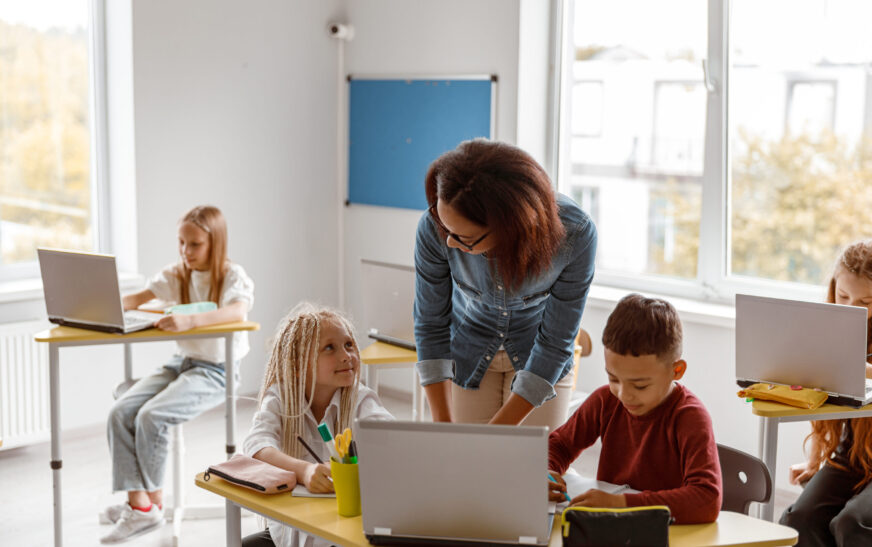In the ever-evolving landscape of education, the demand for innovative approaches for teachers has never been more pressing. Traditional teaching methods are increasingly being replaced by dynamic, student-centric approaches that prioritize creativity and engagement.
In this article, we will explore how educators can unlock creativity in education through groundbreaking strategies that captivate students and foster a lifelong love for learning.
The Evolution of Education
Education in the 21st Century
In the 21st century, the role of educators has transcended the conventional boundaries of the classroom. With information at our fingertips, educators are no longer just dispensers of knowledge; they are facilitators of learning experiences. This shift has necessitated a departure from traditional teaching methods toward innovative approaches that harness the power of technology, active learning, and creative thinking.
Embracing Student-Centric Learning
Redefining the Classroom
One of the most transformative approaches in modern education is the shift towards student-centric learning environments. Gone are the days of passive learning where students sit quietly, absorbing information. Innovative educators are now creating dynamic classrooms where students actively participate in their own education.
Utilizing Technology
Technology, often seen as a distraction, can be a powerful tool for fostering creativity. Educators are incorporating interactive software, virtual reality, and online collaboration platforms to make learning more engaging and relevant to the digital-native generation.
Cultivating Critical Thinking
Encouraging students to think critically is a cornerstone of innovative education. Teachers are encouraging students to ask questions, challenge assumptions, and explore solutions independently. This approach not only enhances creativity but also equips students with essential problem-solving skills.
Fostering Creativity
The Arts in Education
Artistic disciplines have long been champions of creativity, and they have found a new home in education. Incorporating visual arts, music, drama, and dance into the curriculum stimulates creativity and offers students alternative ways to express themselves.
Project-Based Learning
Project-based learning immerses students in real-world challenges. By tackling complex problems, students learn to collaborate, innovate, and apply their knowledge in practical ways. This hands-on approach sparks creativity and a sense of accomplishment.
Freedom Within Structure
Paradoxically, creativity often thrives within structured frameworks. By providing clear objectives and guidelines, educators allow students to explore creative solutions while ensuring they meet specific learning outcomes.
The Role of Educators
Nurturing Curiosity
Innovative educators are the catalysts for creativity. They cultivate a sense of curiosity in their students by encouraging them to explore, experiment, and ask questions. This fosters a deep love for learning that extends beyond the classroom.
Adaptability and Continuous Learning
Educators must also be lifelong learners. The field of education is constantly evolving, and staying current with the latest trends and technologies is essential for providing students with innovative learning experiences.
Conclusion
Innovation in education is not a luxury; it’s a necessity. As we embrace the digital age and prepare students for a future we can’t fully predict, innovative approaches for teachers become paramount. By creating student-centric environments, embracing technology, fostering creativity, and continually adapting, educators can unlock the boundless potential of every student. Education is no longer confined to the classroom; it’s a journey of exploration and discovery, and innovative teachers are the guides lighting the way.














